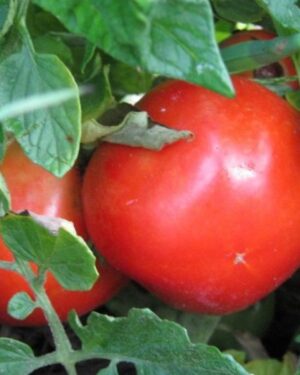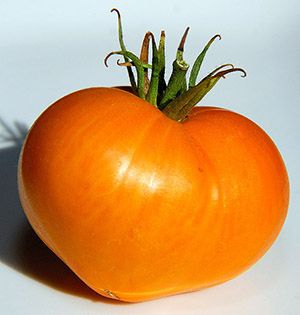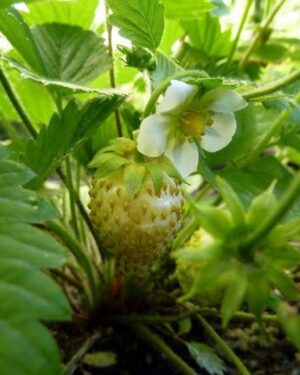Description
Carrot Resistafly F1 Seeds
Carrot Resistafly F1 seeds produce a variety known for its resistance to carrot fly infestations. This particular cultivar is developed to deter these pests, known for laying eggs near carrot plants. Resistafly F1 carrots typically grow well and produce flavorsome roots while offering increased protection against the carrot fly, reducing the risk of damage and allowing for a more successful harvest. These seeds are favored by growers seeking a carrot variety that minimizes susceptibility to this common pest, ensuring a more reliable and healthier crop.
Cultivation Advice For Carrot Resistafly F1 Seeds
- Opt for loose, well-draining soil. Remove debris and stones that could obstruct root growth. Aim for a soil pH between 6.0 and 6.8 for optimal growth.
- Sow the Resistafly F1 seeds directly into the ground, placing them about a quarter to a half-inch deep. Follow the spacing instructions on the seed packet.
- Maintain consistent moisture, especially during germination and early growth stages. Keep the soil evenly moist but not waterlogged to prevent rot.
- As the seedlings emerge and grow, thin them to the recommended spacing. This allows adequate room for proper root development and discourages crowding, promoting healthier plants.
- Ensure the planting area receives plenty of sunlight, ideally 6-8 hours per day, for healthy foliage and root growth.
- Apply a thin layer of mulch to regulate soil temperature and retain moisture. Keep the area around the carrots weed-free to reduce competition for nutrients.
- Carrots typically do not require heavy feeding. Before planting, incorporate compost or a balanced fertilizer into the soil. Avoid excessive nitrogen, which can lead to lush foliage but hinder root growth.
- While Resistafly F1 is resistant to carrot fly, it’s wise to monitor for other pests and diseases. Utilize row covers or companion planting methods to further deter pests naturally.
- Carrot Resistafly F1 usually matures in about 65-75 days. Harvest when the carrots reach the desired size and color. Gently pull them from the soil, taking care not to damage the roots.
- After harvesting, remove the carrot tops and store the carrots in a cool, humid environment to maintain freshness. Consider refrigeration or a root cellar for longer-term storage.
- Maintain consistent watering throughout the growth cycle. Carrots prefer even moisture, especially during the initial stages of growth, to prevent irregular development.
- When thinning the seedlings, trim off the excess plants using scissors instead of pulling them out. This reduces root disturbance for the remaining plants.
- Apply a thin layer of mulch around the carrot plants to retain moisture, regulate soil temperature, and suppress weed growth. Avoid heavy mulching directly on top of young seedlings.
- Regularly inspect the growing carrots. If any part of the root becomes exposed to sunlight, cover it with soil to prevent the development of green shoulders, which can cause bitterness.
- Ensure the soil is adequately prepared before planting. Carrots require loose soil to grow straight, so work the soil to a depth of at least 12 inches to encourage proper root growth.
- Consider sowing seeds at intervals to achieve a staggered harvest, ensuring a continuous supply of fresh carrots rather than a single large harvest.
- Optimal germination occurs in soil temperatures between 50°F to 85°F (10°C to 29°C). Cooler temperatures might slow germination, while higher temperatures can affect the germination rate.
- Despite the resistance to carrot fly, regularly monitor for pests and diseases. Use organic pest control methods and maintain garden hygiene to minimize risks.
- Taste-test carrots to determine the best time for harvest. Carrots picked slightly smaller can often be sweeter and more tender than larger ones.









Reviews
There are no reviews yet.